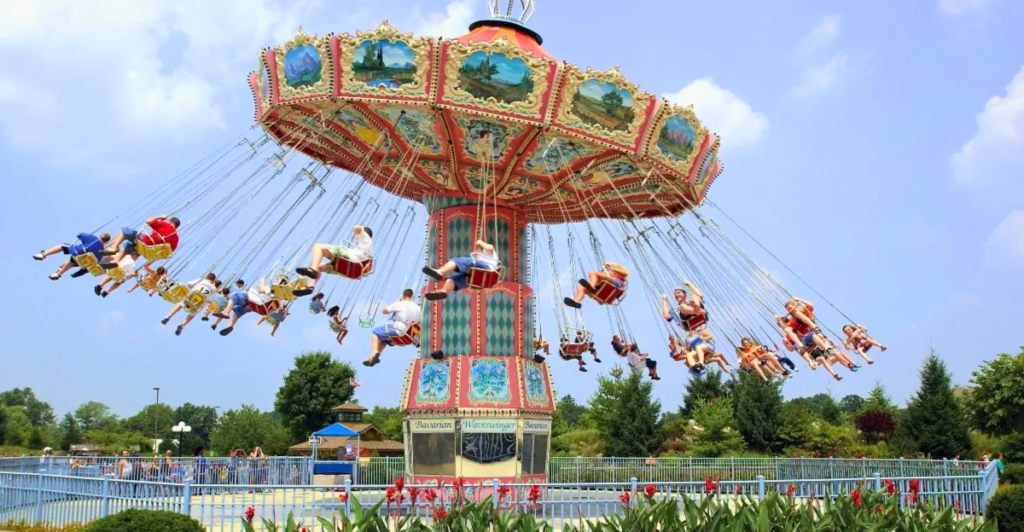
American culture is rich with iconic symbols and experiences that have shaped the nation’s identity over the years. However, thanks to changing trends and technological advancements, many of those beloved elements are gradually disappearing.
From retro diners to vintage amusement parks, these disappearing icons of a bygone era elicit nostalgia and remind us of simpler times. Acknowledging and appreciating these cultural evolutions can help us preserve the essence of American heritage.
1. Traditional Diners
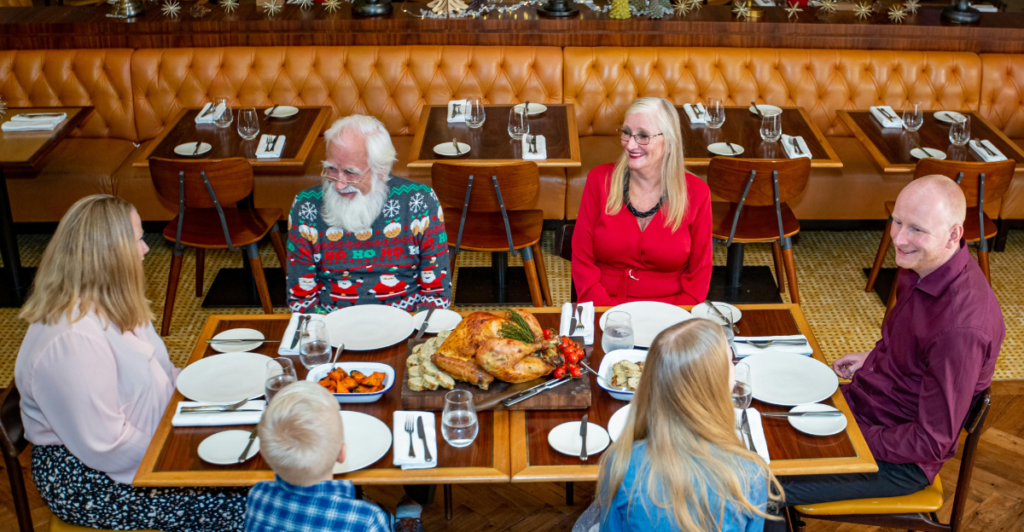
American diners have long been a staple of American culture. They offer comfort food and a cozy atmosphere that is hard to replicate in modern eateries.
These diners, known for their late-night milkshakes and hearty breakfasts, offered a unique dining experience that usually brought people together.
Sadly, many classic diners are disappearing as dining trends shift toward more contemporary options. This decline is especially sad because diners used to be a central point for communities and oozed nostalgia.
2. Drive-In Theaters
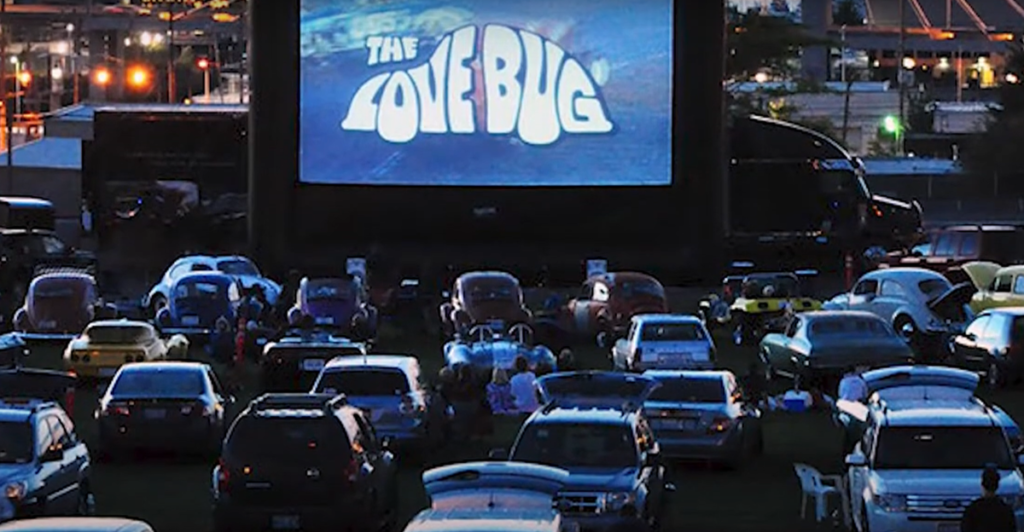
Drive-in theaters have long been a fun part of American culture, allowing people to watch movies from the comfort of their cars, under the stars.
However, these iconic venues are fading fast, with fewer than 300 remaining in the U.S. While they experienced a brief revival during the pandemic, their future remains uncertain.
The decline in drive-ins is largely due to technological advancements and changing entertainment preferences, compounded by the high costs of maintaining these outdoor cinemas.
3. Unrestricted Fireworks

Unrestricted fireworks have been a part of American celebrations for a long time, but they are fast becoming restricted because of safety concerns.
Some cities have banned personal fireworks, and federal laws limit the manufacture of larger fireworks. As a result, those who enjoy lighting up the sky may have to change their plans.
This shift towards more controlled fireworks displays reflects a broader societal emphasis on safety and environmental protection.
4. Cable TV

For decades, cable TV has been a staple of American homes, but it is facing significant challenges from streaming services.
As more people cut the cord and switch to cost-effective streaming options, cable and satellite companies are losing subscribers.
Consumers’ desire for flexibility and affordability is driving this shift toward streaming, as streaming services make a variety of content available at lower prices. This trend is likely to continue, with some channels potentially becoming unavailable in the future.
5. Cheddar Cheese

American cheddar cheese is a widely used and beloved ingredient in numerous meals — from mac and cheese to burgers.
However, preferences are changing, and high-quality options like Beecher’s cheddar may soon become more prominent, potentially affecting what you find at the store.
This shift toward artisanal cheeses reflects a broader consumer trend in quality and uniqueness over mass-produced products.
6. Drive-In Fast Food
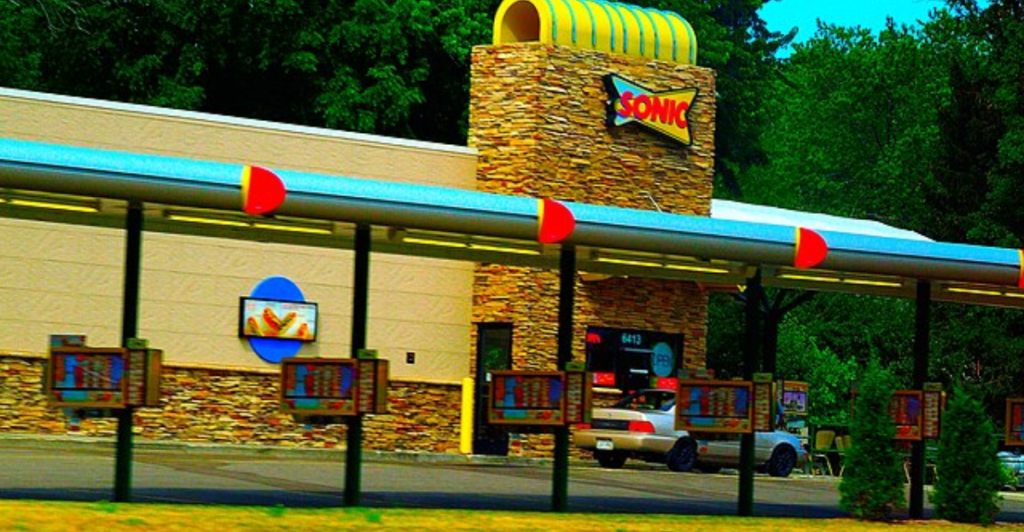
Drive-in fast food is another disappearing classic American experience. It may be convenient, but the lengthy waits and frustrations of drive-in dining are persuading some people to opt for dining inside.
As habits change, there may be fewer drive-in options may be available in the future. The decline of drive-in fast food is also indicative of broader changes in consumer preferences toward faster service and more customized dining experiences.
7. Independent Bookstores

Independent bookstores are facing tough times as they struggle to compete with the likes of online giants like Amazon.
Despite these challenges, some indie bookstores are not just surviving but thriving by connecting deeply with their local communities and offering curated selections that shoppers won’t find online.
Supporting these shops not only helps keep them alive but also enriches your reading experience through personalized recommendations and a sense of community.
8. Local Radio Stations
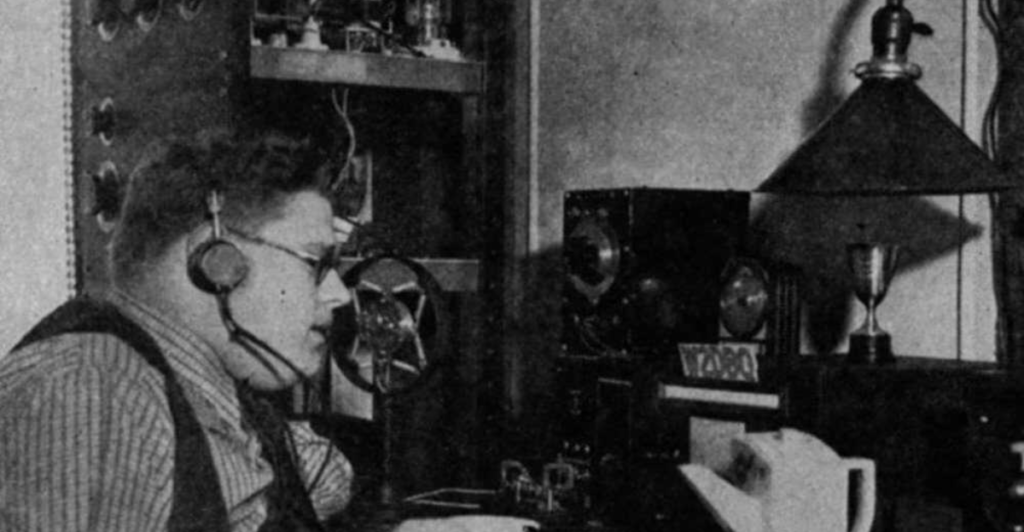
Local radio stations are feeling the pressure as listeners gravitate toward streaming services and podcasts. However, in rural areas, radio remains vital for providing news updates and information about local events that you may not find anywhere else.
Community stations are adapting by focusing on local music and events, offering a unique experience that bigger stations can’t match.
Despite challenges, these stations continue to play a crucial role in maintaining community connections and providing essential information.
9. Cash Payments Everywhere

Cash payments are becoming less common in the age of digital payments. Many places only accept credit cards or mobile wallets, making it difficult for people who still use or rely on cash.
This shift reflects the changing nature of transactions and communication in America. With the rise of digital payments, it is important to remember how this affects everyone in the community, especially individuals who do not have access to digital banking.
10. Public Pay Phones
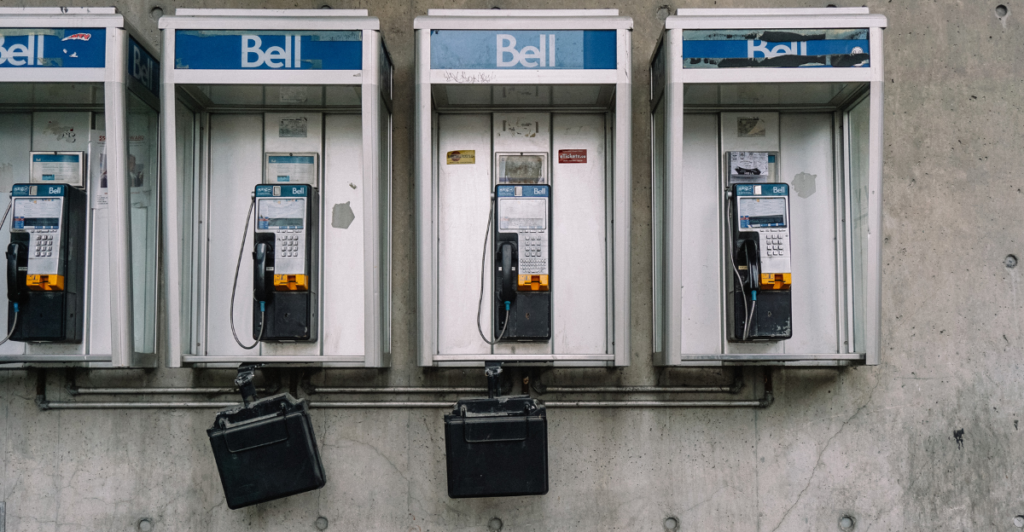
Due to the rise of cell phones, public pay phones are largely a relic of the past. However, some cities are reinstalling pay phones as an alternative for those lacking personal devices.
This initiative highlights the crucial need for every person to have access to basic communication services despite technological advancements.
11. Mom-and-Pop Shops
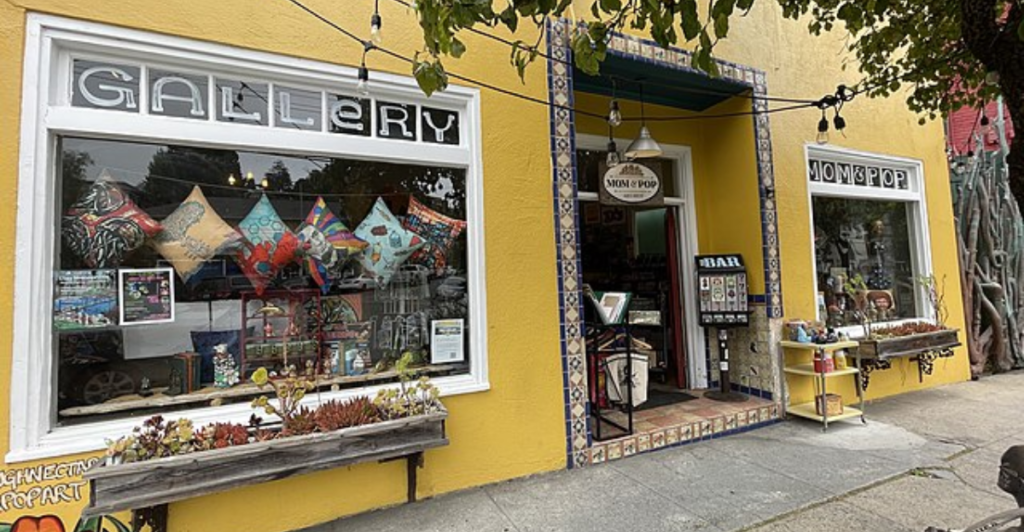
Mom-and-Pop shops have been a staple in many communities, offering personal touch, something chain stores struggle to replicate.
These small companies usually offer unique and interesting products and friendly service that make shopping more enjoyable.
At the same time, they have to compete with the bigger retailers and online options, and it is not easy. When you shop locally, you are keeping your community alive and preserving the unique character of your neighborhood.
12. Classic Amusement Parks
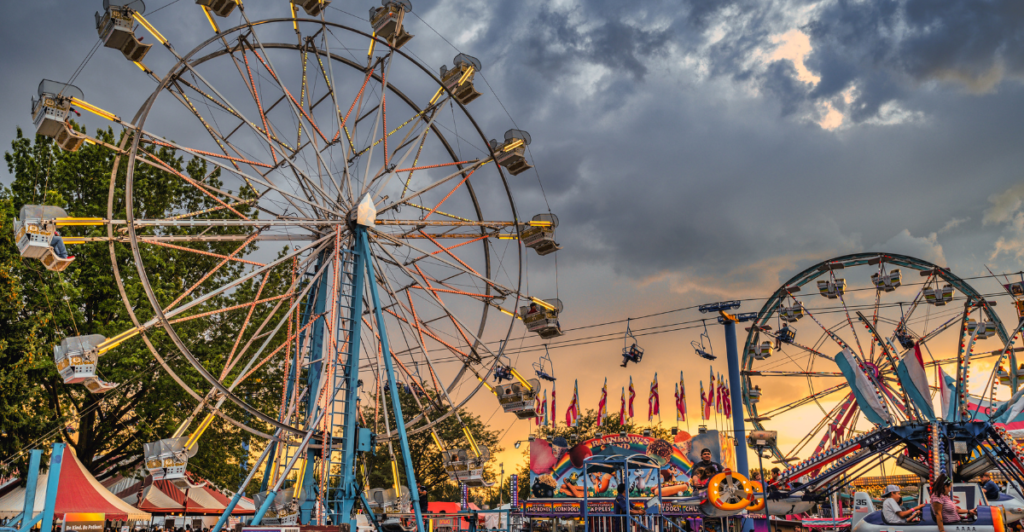
Classic amusement parks have unique charm that many people love, featuring nostalgic rides and vintage attractions. Yet, as newer parks focused on high-tech thrills emerge, the glory days of the classic parks may become less popular.
If you enjoy the history and tradition of these parks, you may want to visit while you still can. Preserving these parks requires support from visitors who appreciate their nostalgic appeal and cultural significance.
